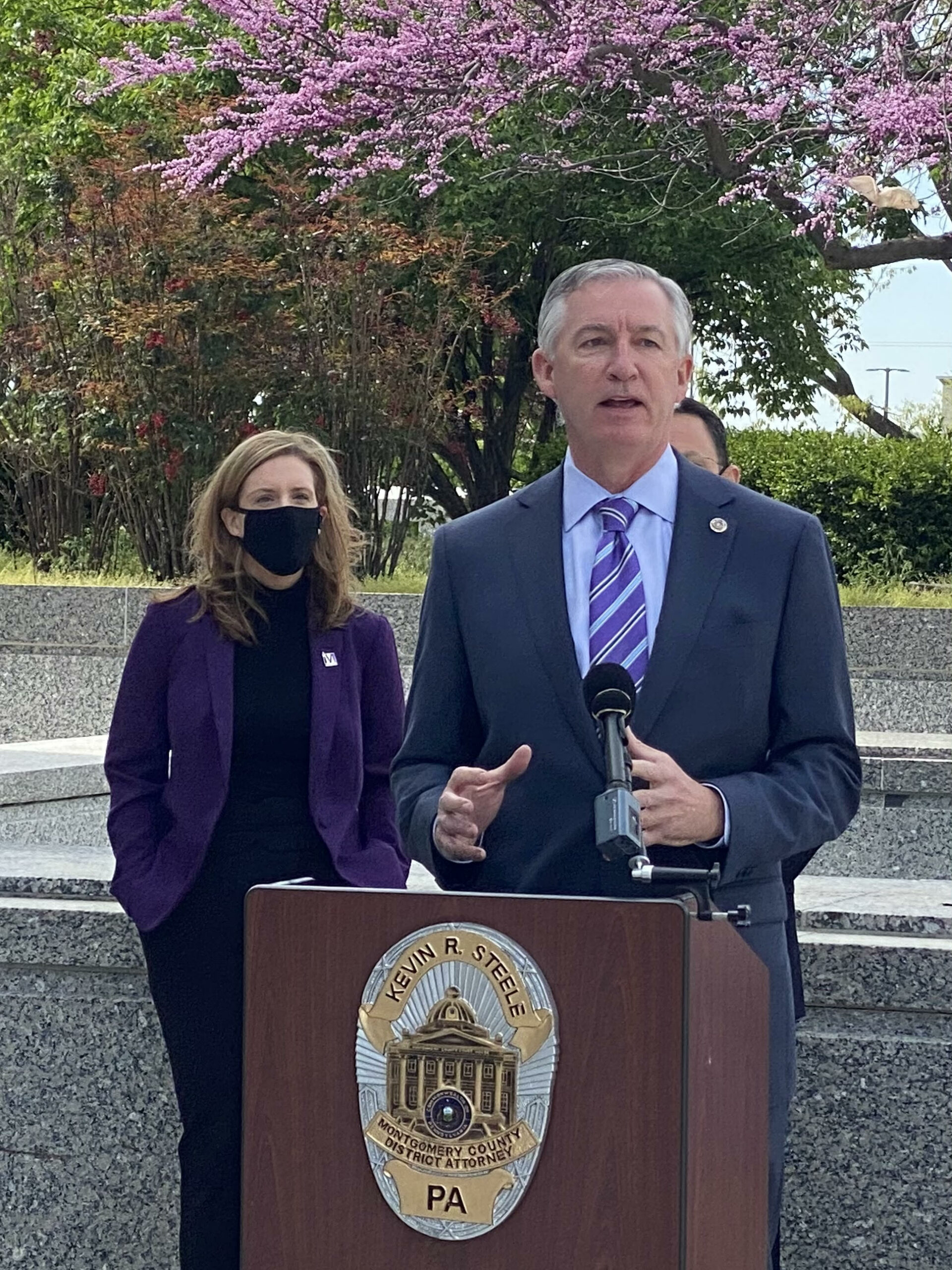DelVal Workers Slowly Returning to the Office

“The pandemic is over,” President Joe Biden told 60 Minutes last week — but do Delaware Valley workers agree?
Biden has stepped up his advocacy for employees to return to their normal work routines, sending a letter to federal workers urging them to show Americans the time is right to return to work as COVID cases decline.
“It’s time for Americans to get back to work and fill our great downtowns again,” Biden said. “People working from home can feel safe to begin to return to the office. We’re doing that here in the federal government. The vast majority of federal workers will once again work in person. The workplace enables a sense of teamwork and belonging.”
At many companies, hybrid work settings have become the norm in a post-pandemic world. Hybrid work is a flexible working model where employees work partly in the physical workplace and partly remotely – at home or from another workspace.
Here in the Delaware Valley, Chris Yangello, a broker at Capital Commercial Real Estate Group, in King of Prussia says that “business is slow but steady, and anything from where we were before the pandemic would be an improvement. We are getting more and more calls and inquiries for office space recently.”
“Basic signs are going up. But business employers must tread carefully. Offices have been the weakest area of growth in the past. But this could change dramatically. In light of the pandemic, this type of business landscape has been forever changed,” Yangello said.
But it’s hardly pre-COVID business as usual.
Bernard Dagenais, President & CEO of the 850-member Mainline Chamber of Commerce in Wayne, says his employees work two to three days per week at the chamber office.
“It is a matter of culture vs. choice,” said Dagenais. “The trend throughout the Delaware Valley region is hybrid, with some segmenting members requiring in-person, and some members only requiring two to three days per week. Larger companies, culturally, are requiring four to five days per week. Some embrace remote work. Some incentivize to compel workers to stay in the office.”
Not everyone is buying into the remote work model. Celebrity CEO Elon Musk of Tesla (and perhaps, eventually, Twitter) issued a strict return-to-office edict this spring, informing employees on May 31 that they would need to “spend a minimum of forty hours in the office per week.” Return-to-office advocates argue something is lost by not being in person, like team building. It is harder to assure a strong company culture when people work at home. Member companies are encouraging younger workers to work in person to develop needed interaction skills.
Kevin McCann, a five-year business owner of the SearchStone Partners recruiting firm in Doylestown, with 28 years specializing in the food, beverage, and flavors industry, says that the “trend over the past year is to get workers back to the office quicker.”
“But there is a blend – some have gone back, and some are more productive at home,” he said. “Some corporate cultures have suffered because workers have lost their teamwork ability – a big tradeoff cost. Over the past two years, sales and corporate operations workers have worked from home, while marketing and research & development have worked from the office. Hybrid test kitchens have also worked from home.”
“Productivity in this industry may not have actually suffered from being at home. It could be a matter of enticement, although one must draw the line somewhere,” he said.
Overall, the general sentiment within the industry is to get back to work. However, some who’ve been working from home say they are not going back.
Kimberly Tinari, president of Rowland Personnel in Newtown Square, which serves law, engineering, manufacturing, and industrial firms in Montgomery, Delaware, and Chester Counties and Philadelphia, says “In general, employers want workers back in the office.”
“They were amenable to workers working at home at the start of the pandemic. Over this period of time since the pandemic, there has been a noticeable productivity drop. Employers, therefore, want white-collar workers back into the office, although candidates themselves want remote work to stay at home,” she said.
“The pendulum will eventually swing back,” Tinari said. “Although right now this trend of workers wanting to stay at home is unsustainable. Younger workers will have to change their attitude about staying at home. They simply can’t hold out over the long run.”
Employers are trying to get back to pre-pandemic levels, and are seeking to snatch up new hires or experienced workers right away.
“But there is a disconnect between employers and candidates on the work-at-home issue,” she says. “This gap needs to be closed, to create a coming together. I am optimistic this will happen.”
Please follow DVJournal on social media: Twitter@DVJournal or Facebook.com/DelawareValleyJournal





